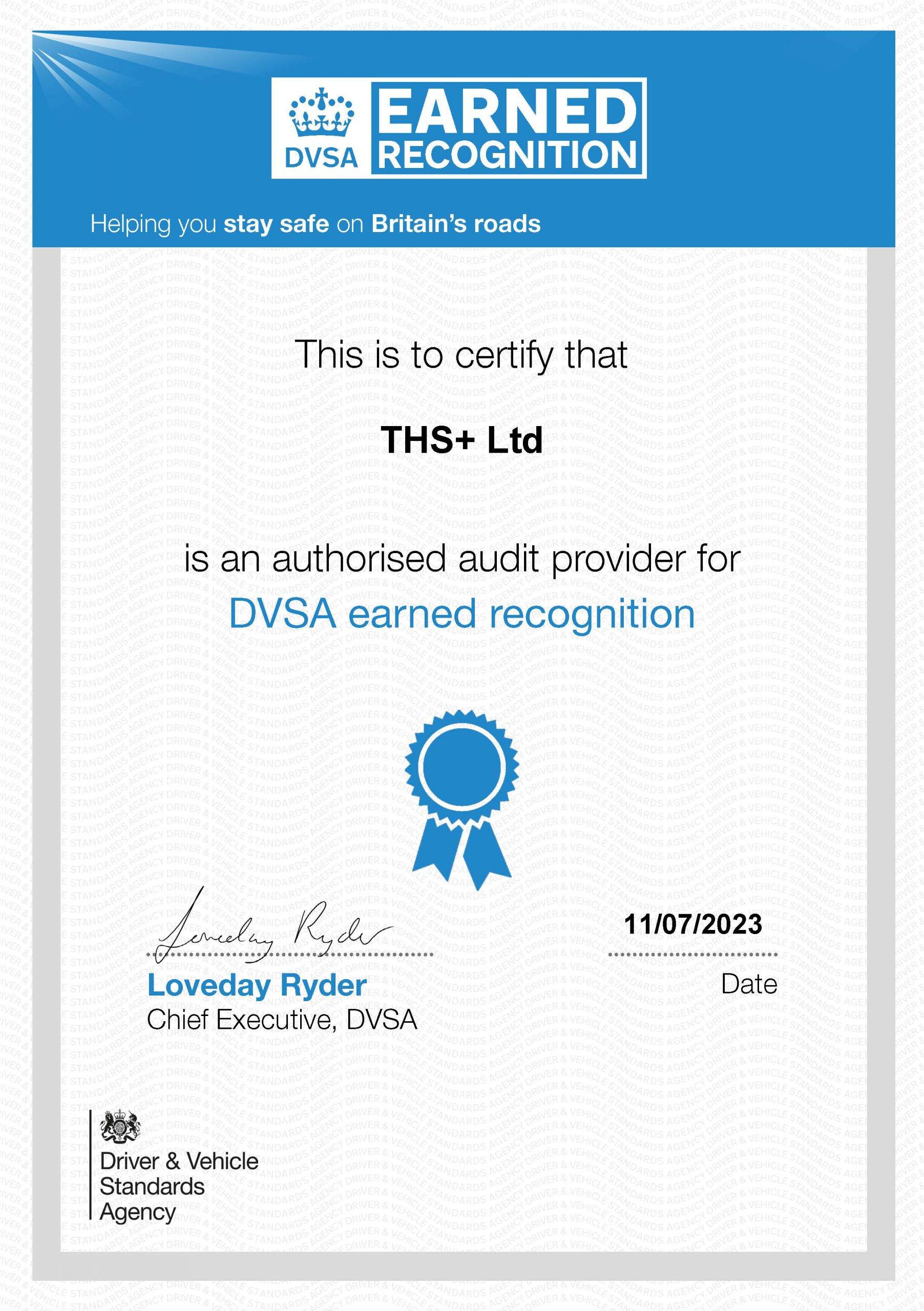Environmental Health And Safety should be familiar to all of the business owners and managers. Environmental Health And Safety is a series of laws and regulations that helps to keep the environment safe and healthy for work.
This includes fixed-term employees and temporary employees. Occupational health and safety (OHS) are areas or workplace aspects that involve the health, safety and welfare of employees in a working environment and in their working activities.
It states that employers are required to provide a workplace for employees which is without any risk to employees’ health and safety. If you are looking for consultancy so you are in the right place, follow us for daily updates or contact us for further information.
EHS compliance isn’t something your business can afford to take lightly. And if you’re wondering, “Wait, what is EHS compliance?” you’re in trouble.
Environmental safety and health programs are an essential part of your life. You may not think about your EH&S manager in the company where you work, however, that person works hard every day to make sure the hazards in your workplace are minimized so that you can stay safe at work.
You may be aware of some of the EHS practices at your workplace because you perform safety protocols, but you may not know why environmental safety and health are important too.
What is Environmental Health And Safety (EHS) Compliance?
Environment, health, and safety should be familiar to most business owners and managers. It refers to the series of laws, regulations, and workplace procedures designed to protect the wellbeing of workers.
EHS compliance is what your business has to do to stay in line with industry regulations, like OSHA, to protect your workers and the public. It’s not just a moral obligation – it’s also a legal obligation. Businesses that fail to comply are subject to inspections and punitive action as well as public scrutiny.
Why you need it?
EHS compliance isn’t just an obligation to your workers and customers, though that’s a significant part of it. It’s a promise to your workers and customers that you’ll treat them with care and respect. It’s also a commitment to staying at the cutting edge of your industry and doing better work for your customers.
These days, customers are more socially aware than ever. They do their homework before giving businesses their hard-earned money. So if your business takes the time to innovate on sustainability and safety issues, it boosts your company’s reputation.
Compliance also makes financial sense. The more accidents you have, the more money you waste cleaning them up. Why take a hit to your bottom line when you could avoid those accidents altogether, avoid fines and workers’ compensation, and instead focus your money on providing better products and services?
Your Responsibilities
Under regulations, it is an employer’s responsibility to guarantee a safe working environment. On a practical level, that takes a variety of forms. For example, it’s incumbent on you to regularly inspect your workplace and ensure that they’re OSHA-compliant and hazard-free. But you also need to provide the appropriate safety training to your workers, as well as personal protective equipment and safe, well-maintained tools.
This applies to everything from safe chemical storage to eliminating respiratory hazards to employee health checks to regular equipment maintenance and inspection.
EHS Regulations to Follow
The first step toward successful compliance is to identify the regulations that apply to you. If necessary, assign someone specifically to this task and make sure they understand the legal language.
Keep in mind that regulations are often updated, so you’ll have to check back on them regularly
From there, measure how your workplace matches with regulations. If it’s not compliant, now is the time to whip it into shape. Perform regular inspections, train your employees in safety procedures, and verify compliance.
If you have to, invest in tools that will help with compliance tasks. Keeping your employees safe is worth it.
If you haven’t yet, create an ongoing compliance process. Someone should be responsible for making sure you stay compliant, no matter what. There should also be policies in place to deal with it if your workplace isn’t compliant.
Why Environmental Health And Safety (EHS) is important?
The primary benefit of EHS, and workplace EHS programs, is the obvious one: preventing incidents such as injuries, illnesses, and harmful environmental releases.
One of the classic (and most horrible) historic examples of a workplace incident that showed the need for EHS efforts was the Triangle Shirtwaist Fire.
In addition, EHS programs at work also show employees that companies care about their well-being. If you have an active EHS culture, your company may have fewer incidents. This will make your employees feel safer and more valued. And this will have a positive effect on employee morale, retention, productivity, and even hiring.
And that’s just one way that EHS programs can provide a dramatic positive effect on your company’s bottom line. For example, this study shows a direct correlation between safety and health programs and a company’s stock performance. And this Safety Pays website from OSHA provides an online calculator you can use to estimate the cost of health and safety incidents at your own workplace. Give it a shot, it’s pretty cool.
How Environmental Health And Safety (EHS) work?
Workplace EHS awareness starts with a good manager. That manager takes in a variety of roles in the company, also developing EHS plans and protocols that must be followed by every member of the staff to effectively reduce health risks. With a confident and educated EHS manager in place, a company can be comfortable giving each employee their protocols to perform during each working day.
The EHS Manager will identify workplace hazards that are most relevant to your business. Then you will get the necessary information needed to gain real benefits for your health. OSHA, occupational safety and health association confirms that EHS programs offer benefits that translate to real results for employees’ well-being. Also, EHS programs in the workplace help to develop a company culture based on active EHS awareness.
The EHS workplace culture is linked to fewer incidents as well as a positive overall effect for the company. Fiscal improvements also have been noted as a benefit of implementing their protocols as these programs increase customer loyalty.
What does Environmental Health And Safety (EHS) manager do?
An EHS manager has many responsibilities including identifying, removing, reducing, and otherwise controlling hazards, and risks. The responsibilities of an EHS manager include:
- Managing the safety and health programs
- Performing industrial hygiene activities and working with hygienists
- Performing hazard analysis in the workplace
- Performing incident investigations
- Helping safety committees
- Providing environmental, health, and safety training
- Ensuring EHS compliance with all regulations
- Performing walkthroughs, making safety observations
- Identifying hazards
- Performing risk management
- Gathering and analyzing EHS indicators
- Improving employee and operational performance
Benefits of Environmental Health And Safety (EHS) program
Many small companies really struggle to understand the many benefits associated with investing in a workplace safety program, especially if they’ve never experienced any problems.
But for small businesses who operate in high hazard industries such as manufacturing or construction, it’s typically just a matter of time before related problems begin to rear their ugly head. Problems can include OSHA inspections which can result in huge fines and penalties, increased Workmans Compensation premiums from increased EMR, lost business opportunities, increased costs and the list goes on.
It’s actually a very complicated subject, but at the end of the day investing in an OSHA compliance program just makes good business sense, and can prevent tragedy and a wide range of serious problems. And never forget that if your company exposes your employees to health and safety hazards, your company is required by Federal law to implement and manage an OSHA compliant health and safety problem.
Reduce Risk
- Reduced risk of huge OSHA fines and penalties that can run into the $10s or 100s of thousands of dollars.
- Reduced risk of civil and even criminal liabilities that can trigger when employees get seriously injured or killed on the job, and it can be proven that the company was negligent in managing health and safety requirements.
Improve employee engagement & company culture
Employees notice and appreciate when their employer takes an active role in improving health and safety conditions at the company. This leads to improved employee engagement, which often results in reduced turnover, absenteeism while improving overall morale and involvement. This adds up to an improved company culture.
Improve productivity
Ergonomic improvements can result in reduced effort, exertion and stress for your employees, which results in improved efficiency and productivity.
Improve quality
It’s an established fact that improved health and safety performance equates to improved quality performance.
Cut costs
Improved ergonomics often leads to reduced lost time injuries, a healthier workforce, and reduced Workmans Compensation costs.
Being Aware and Identifying workplace Hazards
This is an important step to create a safe working environment. Employers need to identify workplace hazards and safety issues first. Then they must take measures to address them accordingly.
Workplace safety hazards can include mechanical issues, dangerous chemicals, hazardous electrical equipment, etc.
Mechanical problems can occur at any time while operating machinery in the workplace. Also, working with heavy equipment is very risky and can cause accidents.
If employees need to work with chemicals they have to be very cautious. Dangerous chemicals can burn or poison employees. Inhaling or ingesting them can even cause death.
Also, working with electronic equipment can have risks as well. Faulty electrical equipment can electrocute employees causing serious problems.
Employees should be aware of the types of equipment and know the hazards in their workplace. This enables them to stay clear of such hazards and unfortunate situations. Also, employers should train employees in the proper operation of machinery and equipment.
Reporting Unsafe Working Conditions
Employees must inform any kind of safety hazard or work risks to the management. Employers are legally obligated to ensure safe working environments for their employees. It is their duty to end workplace safety hazards and promote safety in the workplace.
Benefits of Environmental (EHS) The Bottom Line
A safe work environment is a feature of good companies throughout the world. All employees want assurance of their safety and protection.
Workplace safety is a very important issue. Employers should ensure that their employees are working in a safe environment.
Management systems and business owners are responsible for promoting workplace safety. Employers should encourage employees to adopt safe practices and use safety equipment. They should promote safety policies and safety programs.
Also, employees should be aware of the risks of operating hazardous machinery.
For Benefits of Environmental (EHS) consultancy contact us








